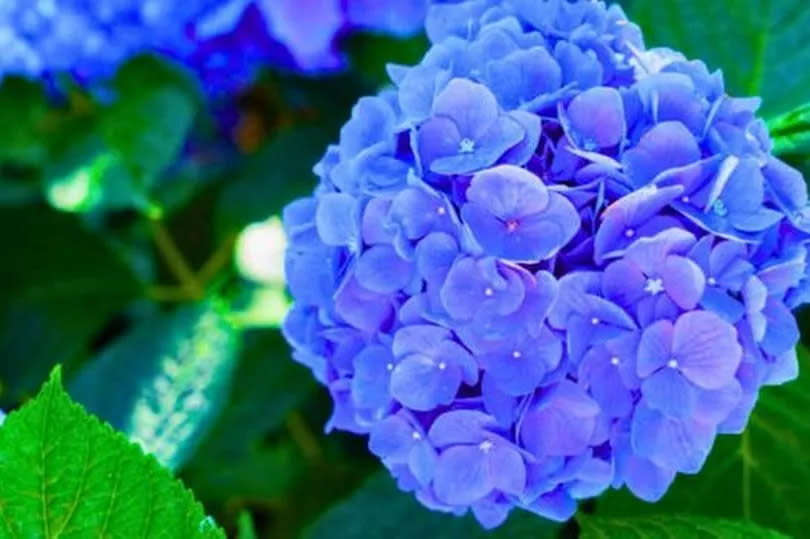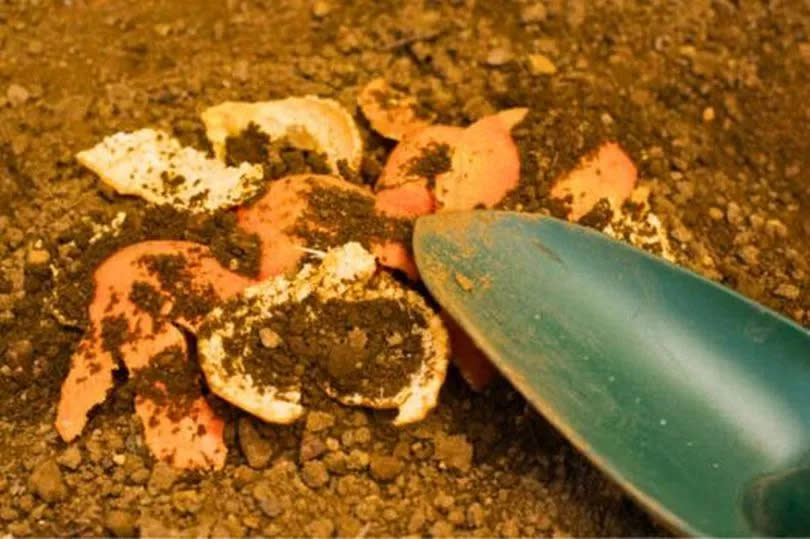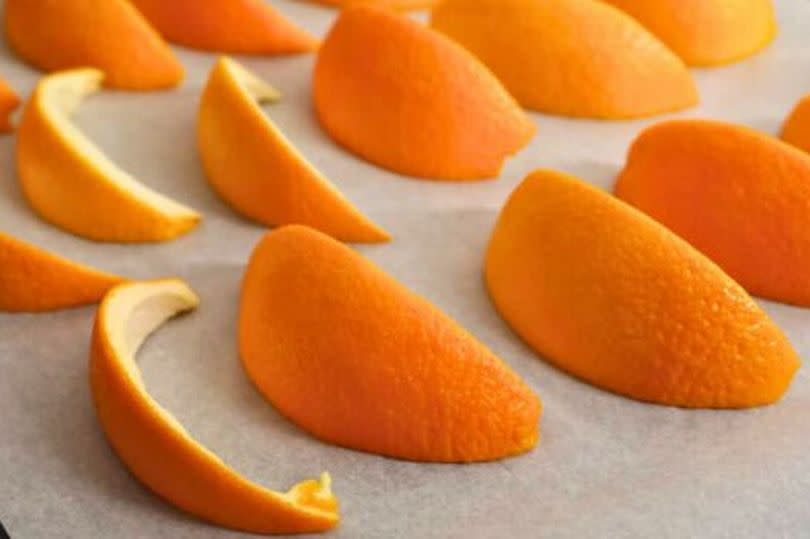Gardening expert shares how to grow bigger hydrangeas with one kitchen scrap

Hydrangeas flowers dazzle in the summer, and there's a simple trick to encourage even larger and more plentiful blooms without dipping into your wallet. Gardening aficionado Katie Femia, who founded The Homespun Hydrangea, has divulged that transforming orange peels into a DIY fertiliser can significantly enhance acidic-loving plants like hydrangeas.
She said: "Orange peels will help feed the soil and create a healthy foundation for your plants. Plus, orange peels are great for your budget since they offer you free food."
Packed with nutrients such as nitrogen, phosphorus, and potassium, orange peels are particularly beneficial for hydrangeas, aiding in their growth and fortification. Hydrangeas have a preference for slightly acidic soil conditions, which not only helps them flourish but also can alter the hue of the blooms, potentially producing an intensely vibrant blue, reports the Express.
Yet, perhaps one of the most advantageous aspects of using orange peels as a summer fertiliser is the strong scent, which can deter various pests that possess highly sensitive olfactory senses.
Historically, oranges have been employed as a natural and harmless deterrent against garden invaders like aphids, ants, rodents, and even felines.

How to craft an orange peel fertiliser for hydrangeas
You will need:
Orange peels
Baking tray
Wax paper
Air-tight container or sandwich bag

Firstly, collect orange peels by storing them in a container or bowl, and once you've amassed a sufficient amount, give them a rinse to wash off any potential chemicals from the peels.
Place the wax paper on a baking tray to prevent the peels from sticking to the tray, and then arrange the orange peels in a single layer, taking care not to overlap them.
Warm the oven to a low heat, such as 140C, pop the baking tray inside and let the orange peels bake for about 90 to 120 minutes.
Katie said: "I like to check on the peels every 30 minutes to see how they are doing. This way you can see if they are ready to come out or need a little more time. Oh, and the house will start to smell really good during the drying process! In about two hours, you will have orange chips."
After the peels are baked, they'll need to be pulverised into a super fine fertiliser. You can whizz them up in a food processor or, for a more hands-on approach, pop the peels in a sandwich bag and give them a good bash with a rolling pin.
Once pulverised, store the crushed peels in an airtight container and simply scatter the powder into the soil around your hydrangeas, or bury it close to the plants.
Katie added: "In no time, your soil will be soaking this stuff right up! It will enrich the soil and add to the acidity, making your plants thrive!"

 Yahoo News
Yahoo News 
